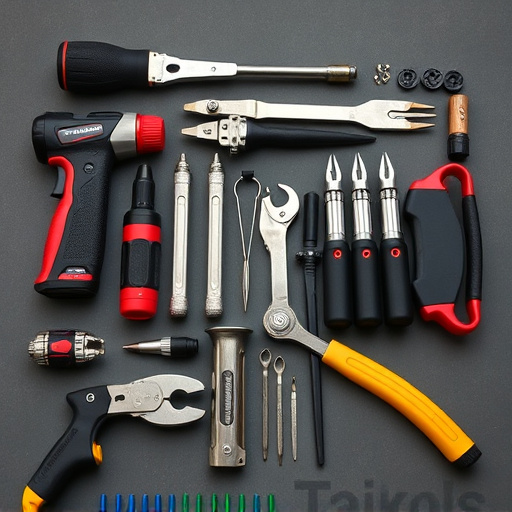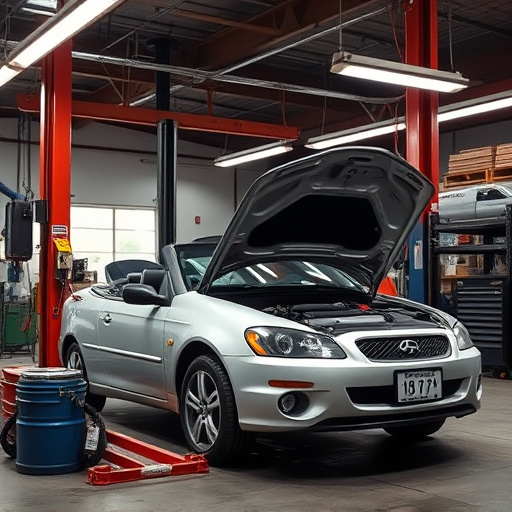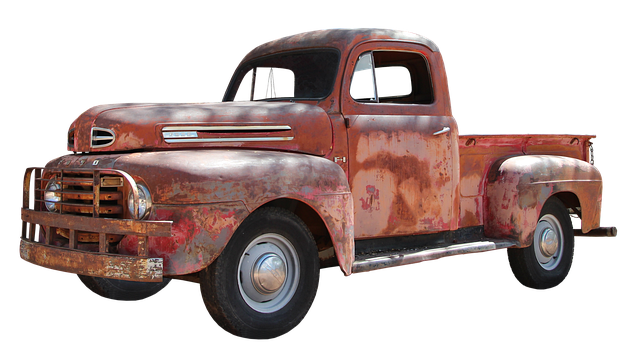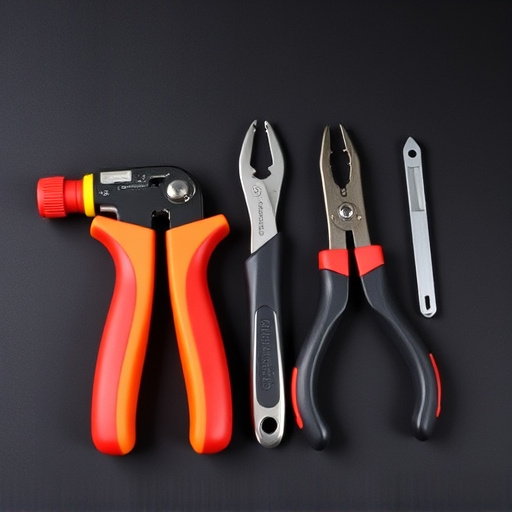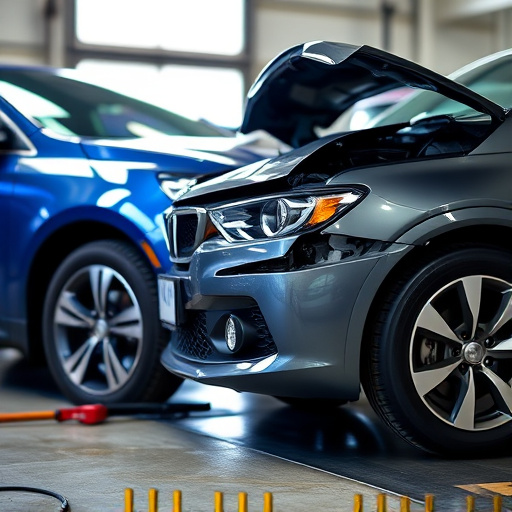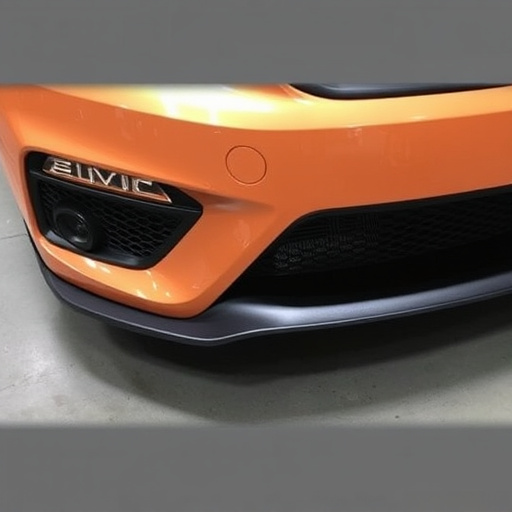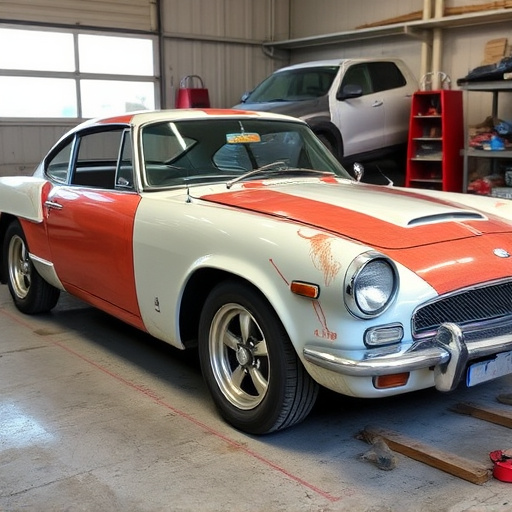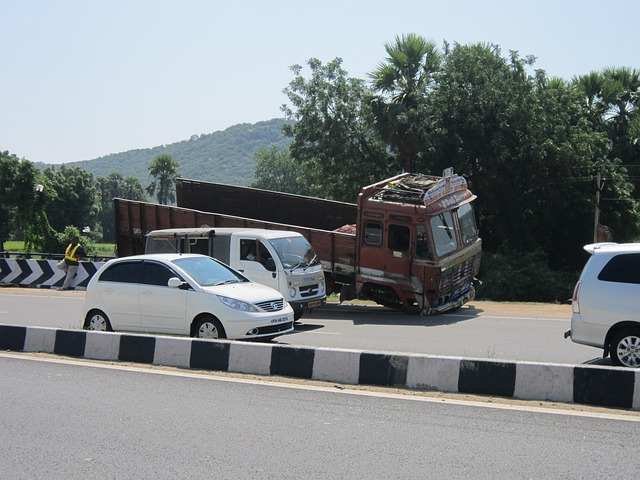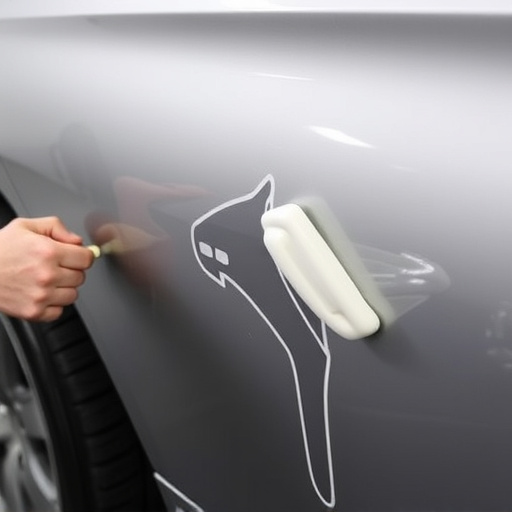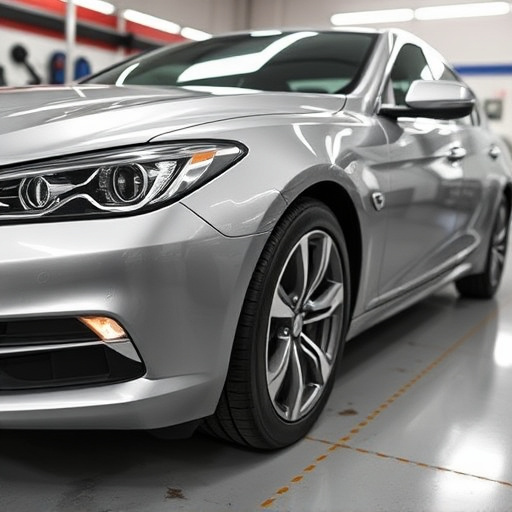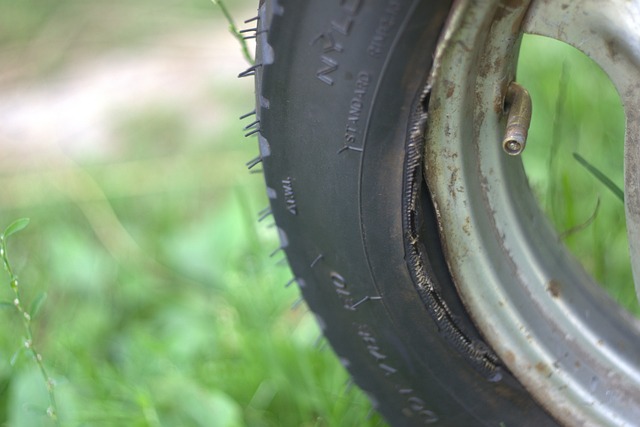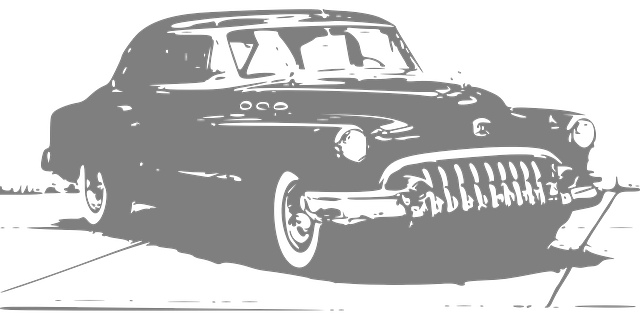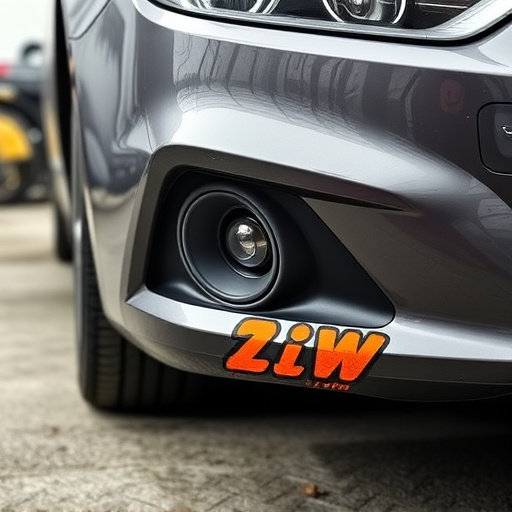Frame repair certification is a cornerstone of automotive industry standards, ensuring repairs are conducted by trained professionals using appropriate methods and materials. This specialized training covers metalworking, structural integrity, and safety protocols for frame damage assessment and restoration, maintaining vehicle soundness, safety, and performance. Certification safeguards drivers, protects investments, and promotes reliable, safe automotive repairs across all facilities, with recognized bodies setting guidelines and regularly updating standards to incorporate technological advancements. Various certification levels exist, from basic entry-level to advanced, ensuring superior repair quality through a combination of theory and practice.
“In the automotive industry, ensuring structural integrity through competent frame repair is paramount. This article delves into the crucial aspect of frame repair certification, exploring standards that underpin safety and quality. We dissect the fundamentals, highlighting why it matters in maintaining vehicle stability. Furthermore, we examine the role of recognized certifying bodies in setting industry benchmarks. From basic to advanced levels, understanding certification requirements is essential for professionals aiming to excel in this domain.”
- Understanding Frame Repair Certification: The Basics and Why It Matters
- Industry Standards and the Role of Recognized Certifying Bodies
- Common Certification Levels and Their Requirements
Understanding Frame Repair Certification: The Basics and Why It Matters
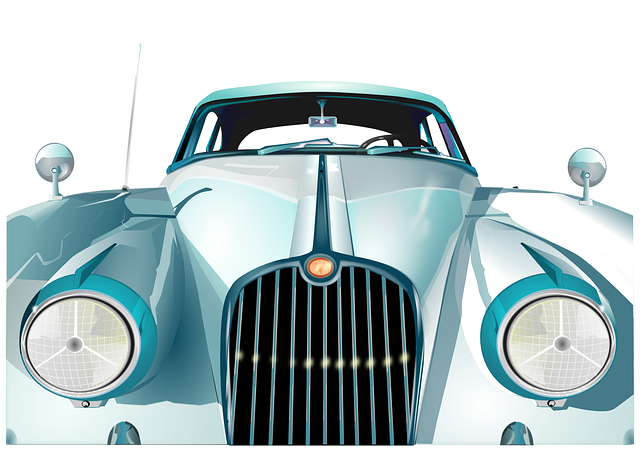
Frame repair certification is a crucial aspect of automotive industry standards, ensuring that repairs are conducted by trained professionals using appropriate methods and materials. This process involves specialized training in metalworking, structural integrity, and safety protocols specific to frame damage assessment and restoration. It’s not just about fixing a car’s frame; it’s about restoring its structural soundness, which is vital for the vehicle’s overall safety and performance.
Having a recognized frame repair certification ensures that car bodywork services adhere to industry best practices, including proper techniques for auto painting and auto glass repair when necessary. This standardization is critical in maintaining the integrity of vehicles, especially after accidents or damage. It matters because it safeguards drivers, protects their investments, and promotes a culture of reliable and safe automotive repairs across the board, from local garages to dealership workshops.
Industry Standards and the Role of Recognized Certifying Bodies
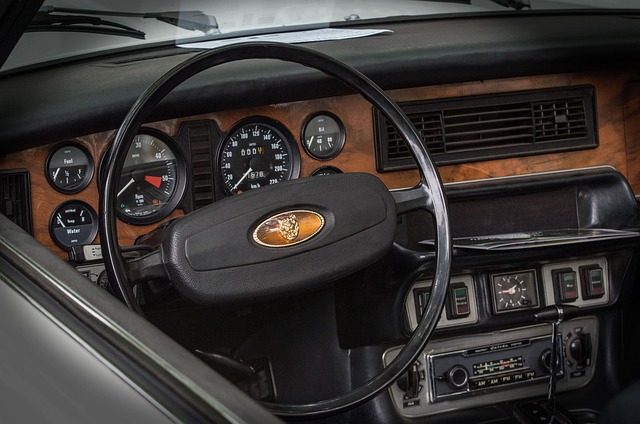
In the realm of automotive care, especially concerning frame repair certification, industry standards play a pivotal role in ensuring quality and safety across the board. Recognized certifying bodies have been instrumental in establishing guidelines that govern the process, from initial assessment to final restoration. These standards not only guarantee the proficiency of technicians but also instill confidence among consumers who rely on these services for their vehicle’s structural integrity.
Auto glass repair, car paint services, and auto maintenance are all integral parts of this landscape. Certification programs emphasize adherence to specific protocols during these processes, ensuring that repairs are not just cosmetic but also structurally sound. Reputable certifying bodies regularly update these standards, reflecting advancements in technology and best practices, thereby fostering a culture of continuous improvement within the industry.
Common Certification Levels and Their Requirements
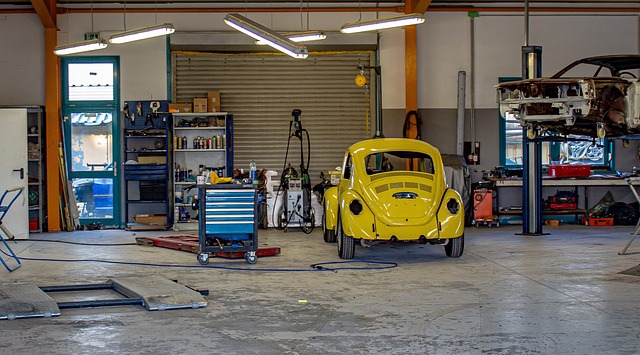
In the realm of frame repair certification, several common levels exist, each with its own stringent requirements. These certifications are pivotal for professionals in the auto industry, including collision repair services and car paint repair specialists, aiming to master their craft. At the foundational level, you’ll find entry-level certifications focusing on basic frame straightening techniques and safety protocols. Here, candidates must demonstrate proficiency in using manual tools and understanding fundamental physics principles related to vehicle structures.
As one ascends the ladder of certification, advanced levels delve into complex topics such as computer-aided design (CAD) for precise measurements, dynamic impact analysis, and intricate metal fabrication skills. These higher certifications often require a combination of theoretical knowledge and hands-on experience, demonstrated through practical examinations. Achieving these standards not only ensures superior frame repair quality but also fosters trust among customers seeking top-tier auto detailing services.
Frame repair certification is a critical aspect of ensuring vehicle safety and quality repairs. By adhering to industry standards and recognized certifying bodies, technicians can maintain high repair standards, build trust with customers, and contribute to a more reliable automotive ecosystem. Understanding the different certification levels and their requirements equips professionals with the knowledge needed to offer exceptional services that meet or exceed expectations.
